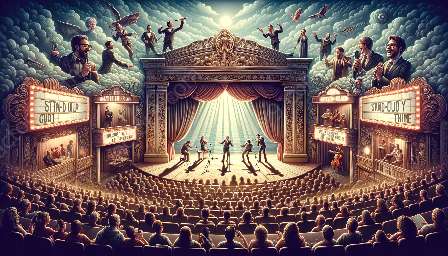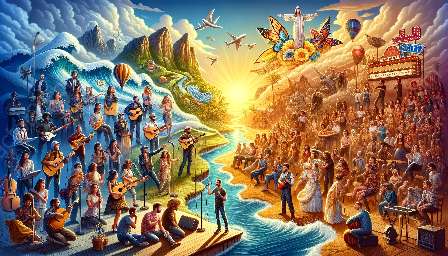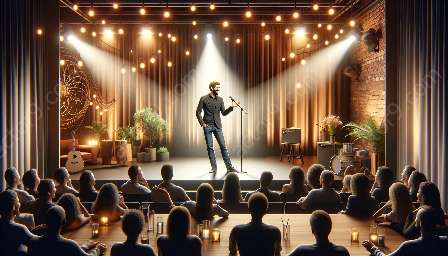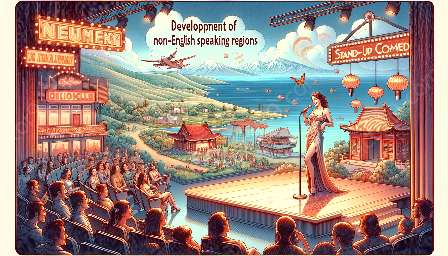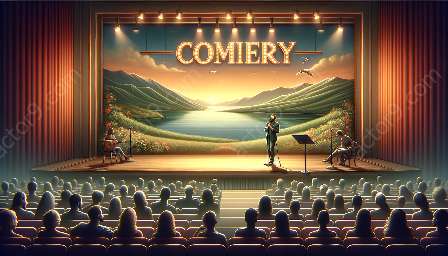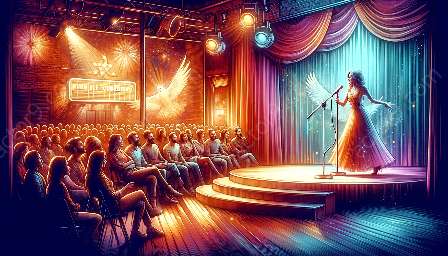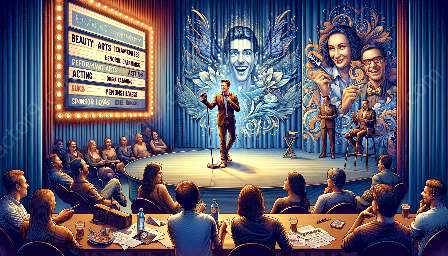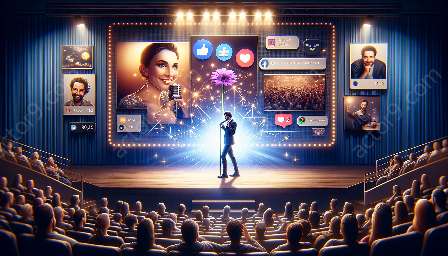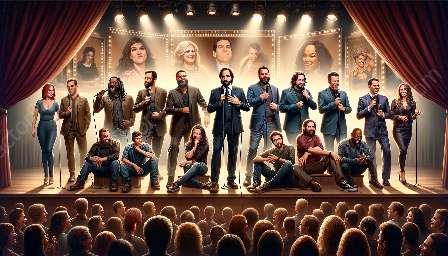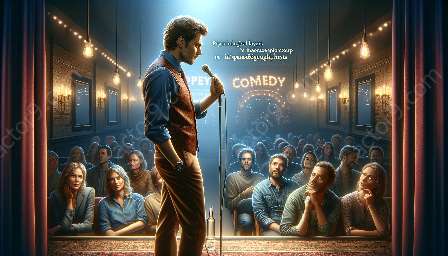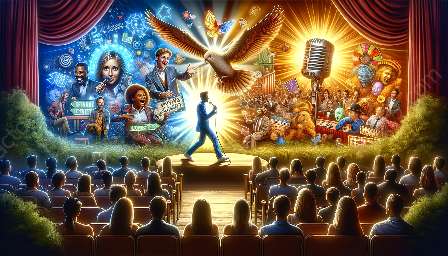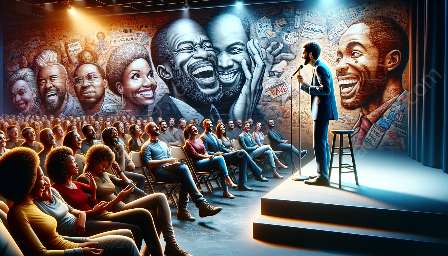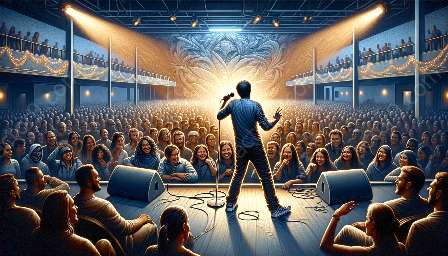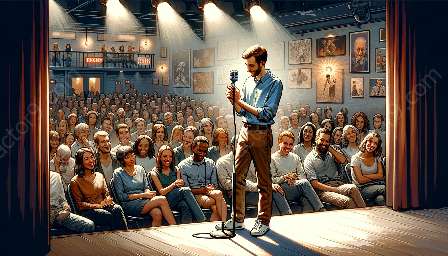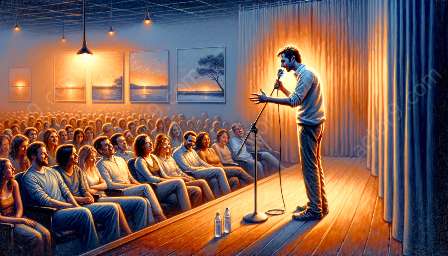Modern stand-up comedy has evolved significantly over the years, influenced by cultural shifts, technological advancements, and societal changes. This evolution has seen the emergence of new trends and themes that have shaped the landscape of stand-up comedy today.
The Early Influences
Stand-up comedy has its roots in ancient theatrical traditions, but the modern form can be traced back to the vaudeville era in the late 19th and early 20th centuries. Comedians like Charlie Chaplin and Buster Keaton laid the groundwork for what would later become stand-up comedy, with their physical, slapstick humor captivating audiences.
The Rise of Television
The advent of television in the mid-20th century brought stand-up comedy into living rooms across the world. Comedians such as Milton Berle and Lucille Ball became household names, setting the stage for a new breed of comedians to emerge. The exposure provided by television allowed comedians to reach a wider audience and experiment with new comedic styles.
Changing Cultural Landscape
The 1960s and 1970s saw a shift in stand-up comedy, with comedians like Lenny Bruce and Richard Pryor tackling more controversial and taboo subjects. This era of counterculture and social change influenced the comedy scene, paving the way for raw, unfiltered humor that reflected the turbulent times.
The Comedy Boom
The 1980s and 1990s marked a boom in stand-up comedy, with comedy clubs and cable TV providing platforms for comedians to showcase their talent. Icons like Eddie Murphy, Jerry Seinfeld, and Chris Rock rose to fame during this period, bringing a fresh and diverse perspective to stand-up comedy.
Technological Advancements
The digital age has revolutionized the way stand-up comedy is consumed and shared. Social media platforms and streaming services have allowed comedians to connect directly with their audiences and explore new avenues for delivering their material. This shift has also led to the rise of online comedy content, expanding the reach of stand-up comedy beyond traditional stages and clubs.
Diversity and Inclusion
In recent years, modern stand-up comedy has seen a greater emphasis on diversity and inclusion. Comedians from diverse backgrounds have been pushing the boundaries of comedy, offering fresh perspectives and challenging stereotypes. This evolution has led to a more inclusive and representative comedy landscape, enriching the art form with a wider range of voices and experiences.
Themes and Trends
Throughout its evolution, modern stand-up comedy has encompassed a variety of themes and trends. From observational humor and self-deprecating comedy to political satire and personal storytelling, stand-up comedians continue to explore new avenues for connecting with audiences and addressing societal issues.
Conclusion
The evolution of modern stand-up comedy has been shaped by a multitude of factors, reflecting the dynamic nature of the art form and its ability to adapt to changing times. As technology, culture, and society continue to evolve, stand-up comedy will undoubtedly continue to reflect and respond to these changes, further enriching the comedic landscape.


